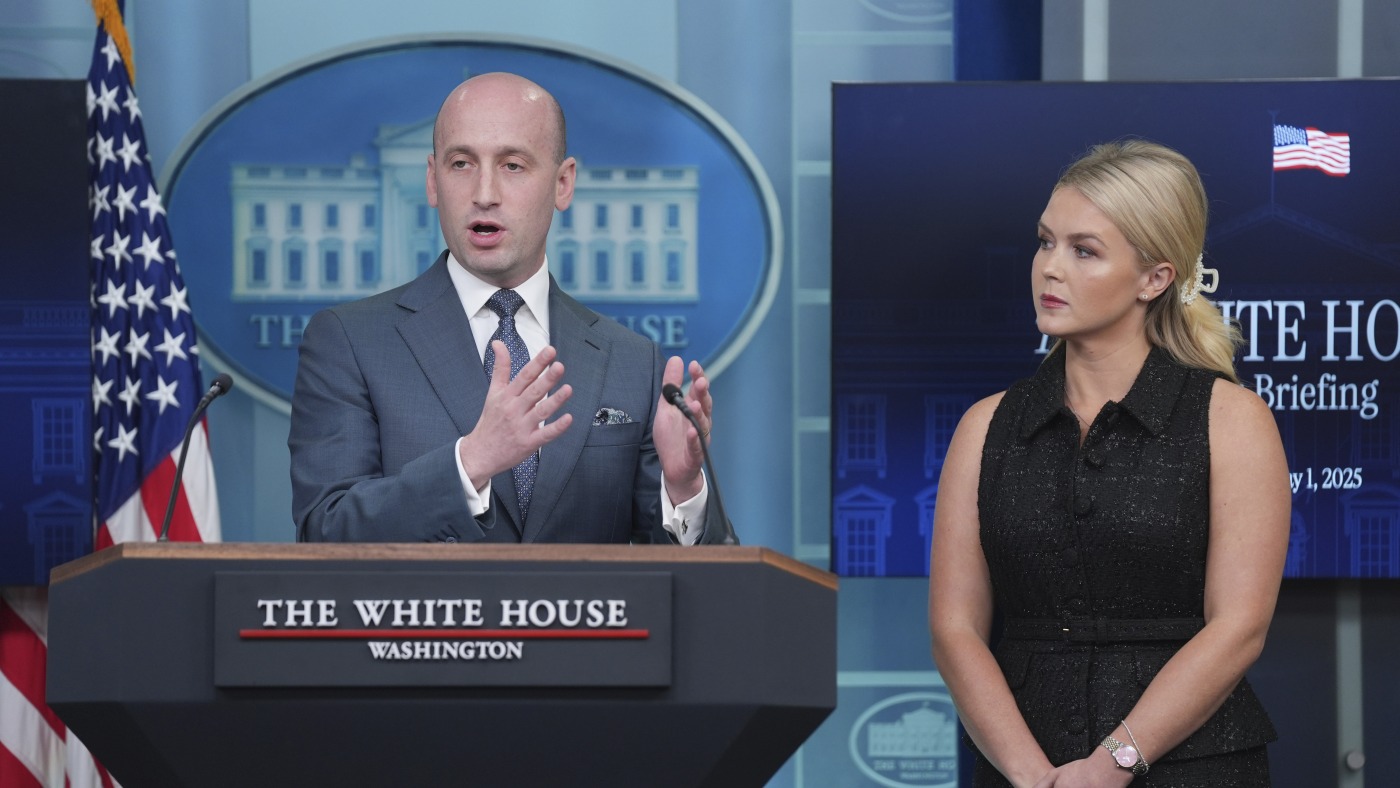Transgender Youth Care: Inside the Controversial Trump-Era Report Challenging Medical Protocols

In a bold move that has sparked intense national debate, President Trump issued an executive order demanding a comprehensive 400-page report focused on protecting children from what he termed "chemical and surgical mutilation." The document, officially titled Protecting Children From Chemical and Surgical Mutilation, represents a significant intervention in the ongoing discussions surrounding medical treatments for transgender youth.
The executive order reflects growing concerns about medical interventions for young individuals experiencing gender identity challenges. By calling for an in-depth investigation, the administration aimed to scrutinize the potential long-term medical and psychological impacts of hormone therapies and surgical procedures on minors.
This landmark report seeks to provide a comprehensive analysis of current medical practices, exploring the complex intersections of pediatric healthcare, gender identity, and ethical considerations. Experts from various fields were tasked with examining the scientific, medical, and ethical dimensions of treatments targeting transgender and gender-questioning youth.
The 400-page document promises to offer unprecedented insight into a highly sensitive and controversial topic, potentially influencing future medical guidelines and policy decisions regarding youth healthcare and gender-affirming treatments.
